In the world of cooking, understanding the roles of common ingredients like cornstarch and baking powder is essential. Both are fine powders with different purposes and properties, yet they are the main ingredients in various recipes. When I first started cooking, I was oblivious to the significant differences and specific functions these popular ingredients held.
I soon realized the importance of choosing the right brands, as not all are created equal. I aim to unravel the mysteries of cornstarch and baking powder, emphasizing their different uses, the benefits of selecting healthier options, and why avoiding conventional versions of these products is crucial for a health-conscious lifestyle.
As a holistic nutrition specialist and avid home cook, I've learned that cornstarch and baking powder serve very different functions in cooking. Cornstarch is a fine powder mainly used as a thickening agent while baking powder is a leavening agent that helps baked goods rise. Their common uses are diverse, from creating the perfect texture in sauces to ensuring a fluffy texture in cakes.
Understanding the different properties of these ingredients is not just about improving culinary skills but also about making informed choices for our health. Early in my cooking journey, I discovered that many conventional versions of these products contain additives or are processed in ways that could impact our well-being. This revelation prompted me to delve deeper into the world of cornstarch and baking powder, exploring the best substitutes and how to purchase the healthiest options available.
Jump to:
Cornstarch
Cornstarch, often seen as a common ingredient in various recipes, is more than just a simple white powder. It's derived from the endosperm of corn kernels, ensuring its purity and natural origin. Known for its remarkable thickening power, a tablespoon of cornstarch can transform hot liquids into a gel-like consistency, making it a useful ingredient in creating the perfect texture for your dishes.

The Magic of Cornstarch in Cooking
Corn starch plays a pivotal role in achieving the smooth texture we desire in many dishes. It's especially prevalent in pie fillings, where its ability to thicken without altering flavor is invaluable. When cornstarch is heated, it unleashes its thickening power, turning watery mixtures into a rich, creamy consistency.
This property is not just limited to pie fillings; it extends to sauces, and gravies, and is used in many Asian dishes to create velvety textures. The white powder has a fluffy and airy texture.
Not Just a Thickener: Beyond the Usual Uses
Apart from its primary role as a thickener, cornstarch has other culinary uses. It acts as an anti-caking agent in powdered sugar and is a secret ingredient in many baking recipes.
When added to cookie or cake recipes, even just a tablespoon of cornstarch can make a noticeable difference, giving baked goods a lighter, more delicate crumb.
The Versatility of Cornstarch in Recipes
The uses of cornstarch extend beyond thickening and baking. It's a go-to for creating a crispy coating on fried foods like chicken wings and can be used in DIY natural cleaning products.

Its versatility has made cornstarch a popular ingredient in both the kitchen and around the home. However, due to the concerns about corn being primarily genetically modified in the US along with concerns of the processing chemicals used in the making of cornstarch, it is imperative to purchase organic and non-GMO cornstarch or find a healthier alternative.
Health and Nutritional Aspects of Cornstarch
Cornstarch is a refined product often used for its thickening properties in cooking. The focus on non-GMO and organic varieties is significant for health-conscious consumers.
Non-GMO cornstarch ensures avoidance of genetically modified corn, which may have potential health risks and environmental impacts associated with GMO cultivation.
Organic cornstarch is preferred for its production without synthetic pesticides or fertilizers, aligning with a natural and holistic approach to nutrition.
Although cornstarch itself is not a substantial source of dietary fiber or nutrients, choosing organic, non-GMO cornstarch contributes to a cleaner and potentially safer dietary choice.
Substitutes for Cornstarch in Healthy Cooking
For those seeking healthier alternatives to cornstarch, particularly for thickening purposes, arrowroot powder and tapioca flour stand out as the best options.
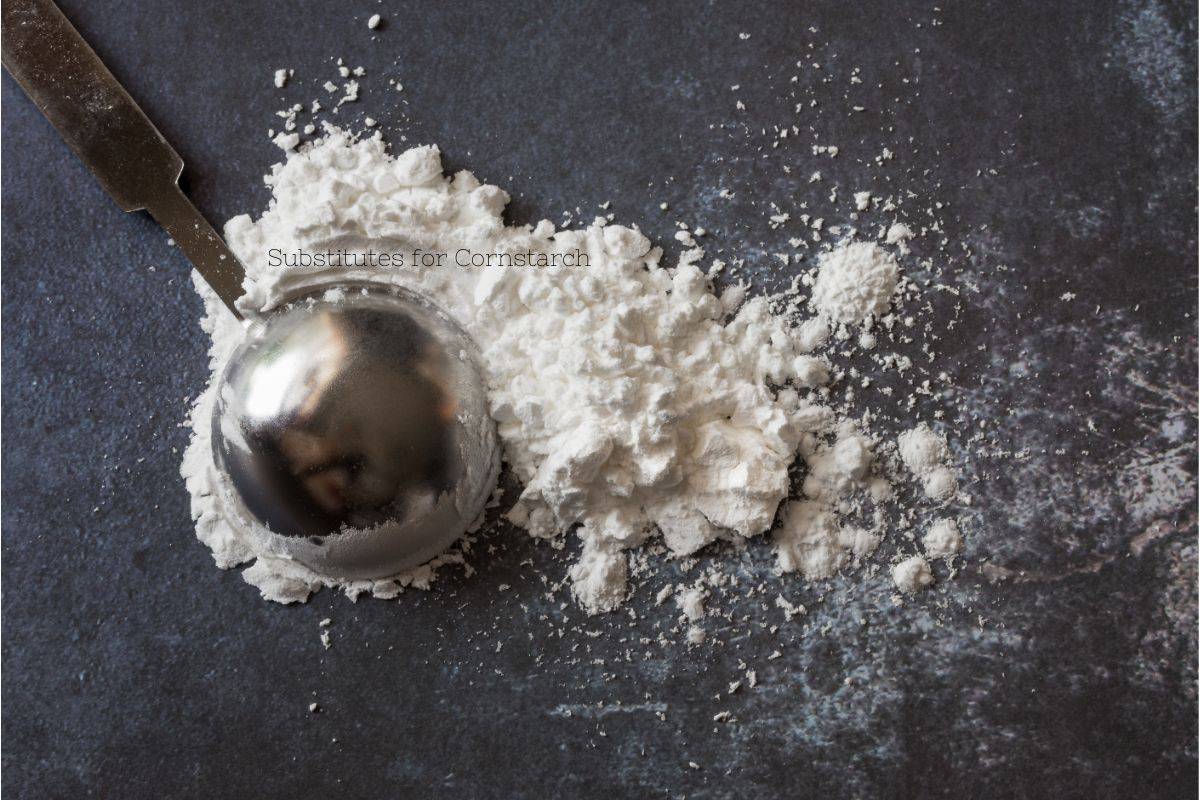
- Arrowroot Powder: This is one of the best substitutes for cornstarch, especially in healthy cooking. It offers a similar thickening effect but is completely gluten-free and grain-free, making it suitable for a wide range of dietary needs. Arrowroot powder is also beneficial for its digestibility and the smooth, clear consistency it lends to sauces and gravies.
- Tapioca Flour/Starch: Derived from cassava root, tapioca flour is another excellent alternative for those looking to avoid corn-based products. It is ideal for thickening soups, sauces, and pie fillings, offering a similar gel-like consistency. Tapioca flour is also a popular choice for gluten-free baking, providing a light, airy texture to baked goods.
Both arrowroot powder and tapioca flour are versatile and can be used in a variety of recipes, making them invaluable ingredients in healthy and holistic cooking. These are our best recommendations for healthy ingredient swaps, however, there are others worth mentioning. We choose to opt for arrowroot or tapioca starch or powder because they are grain-free and gluten-free.
Tapioca starch is used in place of cornstarch often. It is preferred because it thickens much faster than cornstarch and begins working whether it is in warm water or cold water.
Arrowroot powder has fewer carbohydrates than other possible substitutes. Popular cornstarch substitutes include rice flour, wheat flour (all purpose flour), corn flour, potato starch, and xanthan gum.
Each has a slightly different, but ultimately similar versatility as cornstarch. However, they also have equally concerning processing methods and sources which makes organic arrowroot or tapioca starch much more appealing on a clean eating diet.
Cornstarch in Cooking: Beyond Thickening
Cornstarch's role extends beyond just thickening agents in pie fillings or sauces. It's also commonly used to create a crispy coating on fried foods, like chicken wings. The fine powder of cornstarch absorbs moisture well, helping to achieve a crispy and light texture in fried dishes.

Cornstarch is a versatile kitchen staple, instrumental in achieving the desired texture in many recipes.
However, for those focused on healthy cooking, alternatives like arrowroot powder and tapioca flour are excellent options, offering similar thickening capabilities while aligning with a holistic dietary approach. Whether used for thickening, baking, or frying, cornstarch and its healthier alternatives are essential in the art of cooking.
Baking Powder
Baking powder, a key ingredient in many baking recipes, is essential for creating the perfect rise in baked goods. However, the choice of baking powder can have implications beyond just the culinary outcomes.
In this section, we'll delve into what baking powder is, its uses, and the health considerations regarding its ingredients, especially aluminum, and explore healthier alternatives.

Understanding Baking Powder and Its Function
Baking powder is a mixture of cornstarch, sodium bicarbonate (baking soda), and a dry acid. When combined with wet ingredients, it triggers a chemical reaction, releasing carbon dioxide gas. This reaction causes the batter to rise, creating a light, airy texture in quick breads and other baked goods.
The Health Concerns with Aluminum in Baking Powder
A significant health consideration with some baking powders is the presence of sodium aluminum sulfate. This compound can have potential health implications:
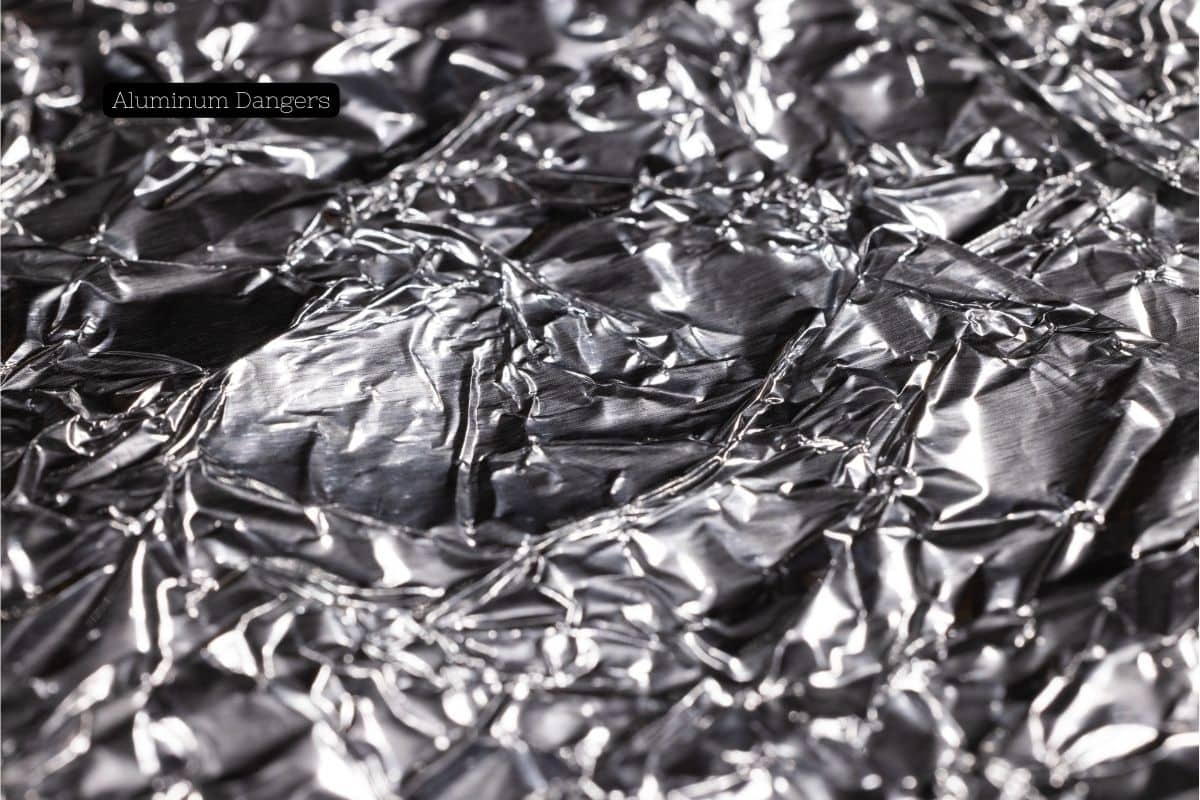
- Aluminum Exposure: Regular consumption of aluminum has been a topic of health concern. Although the body can naturally excrete small amounts of aluminum, consistent exposure, especially at high levels, can pose health risks.
- Avoiding Aluminum in Cooking: Beyond baking powder, aluminum is also found in some cooking utensils and aluminum foil. It's advisable to avoid cooking with aluminum, as acidic foods can cause more aluminum to leach into the food. This is particularly important when preparing dishes with a high acid content, like tomato sauces or dishes with lemon juice.
- Potential Health Risks: Studies have suggested a link between high aluminum exposure and certain health issues, including neurological effects. While the connection is not definitively established, many health experts recommend minimizing aluminum intake as a precaution.
Alternatives to Traditional Baking Powder
To avoid these concerns, consider these baking powder substitutes or alternatives:
- Aluminum-Free Baking Powder: Many brands offer aluminum-free options, which are widely available and provide the same leavening effect without the potential risks associated with aluminum.
- DIY Baking Powder: Make your own baking powder at home using baking soda and an acid such as cream of tartar, white vinegar, or lemon juice. The lemon juice or cream of tartar acts like an acid and takes the place of the aluminum in traditional baking powder. This homemade mixture can function similarly in recipes.
- Substitutes in Recipes: In recipes with acidic ingredients, using baking soda alone can often suffice for leavening.
Choosing the right baking powder is crucial not just for culinary success but also for health. Understanding the potential risks associated with aluminum-containing baking powders and opting for aluminum-free versions or homemade substitutes can contribute to healthier cooking practices. This mindful selection aligns with a holistic approach to nutrition and well-being.
Comparing Baking Powder and Cornstarch
Baking powder and cornstarch are considered essential ingredients in the kitchen. Each has its unique function and impact on cooking and baking.
Understanding the key differences between these two can greatly enhance your culinary skills and recipe outcomes.
Baking Powder: The Chemical Leavening Agent
Baking powder, known for its role as a chemical leavening agent, is crucial in baking. It contains a mixture of sodium bicarbonate (baking soda) and a dry acid. This reacts with wet ingredients to produce carbon dioxide gas.
This reaction causes the batter to rise, creating a light and fluffy texture in baked goods like quick breads. Its use in large amounts should be avoided to maintain the desired flavor profile.
Cornstarch: The Thickening Powerhouse
Cornstarch, a fine white powder, serves as an excellent thickening agent. Derived from the endosperm of corn kernels, it is used in smaller quantities (a little bit goes a long way) to thicken sauces, gravies, and pie fillings, giving them a smooth and gel-like consistency.
It's also a popular choice for achieving crispy wings and other fried foods.
Key Differences in Nutritional Value and Use
The nutritional value of baking powder and cornstarch varies. Cornstarch is primarily a carbohydrate, while baking powder, due to its sodium bicarbonate content, is a source of sodium. They cannot substitute for each other due to their different chemical properties and roles in cooking.
Storage
Proper storage of baking powder and cornstarch is essential to maintain their effectiveness and extend their shelf life.
Storing Baking Powder
Store baking powder in an airtight container in a cool, dry place to prevent moisture absorption. The expiration date is a good indicator of its potency; however, you can test its effectiveness by adding a bit of water to see if it bubbles.
Storing Cornstarch
Cornstarch should also be stored in an airtight container in a cool, dry environment. While it has a long shelf life, ensuring it's kept away from moisture and odors is a good idea to maintain its quality.
FAQ
Baking powder cannot replace cornstarch as they serve different purposes. Cornstarch is a thickener while baking powder is a leavening agent.
Both cornstarch and baking powder can make chicken crispy, but cornstarch is typically preferred for its ability to create a lighter, crispier crust.
A combination of baking soda and cream of tartar, or baking soda plus an acidic ingredient like lemon juice or vinegar, can substitute for baking powder.
Arrowroot powder, tapioca flour, and potato starch are good substitutes for cornstarch, offering similar thickening properties.
Final Thoughts
It's clear how these two dry ingredients, each with their unique properties and uses, are integral to the art of cooking and baking.
Whether it's the leavening magic of baking powder or the thickening prowess of cornstarch, these kitchen staples are essential in crafting the perfect culinary creations.
I invite you to share your experiences and insights. Do you have any favorite uses or substitutes for cornstarch and baking powder? Have you discovered any innovative ways to incorporate these ingredients into your recipes?
Your comments and questions are greatly valued, as they contribute to our collective journey towards mindful and healthy cooking.
If you found this exploration insightful, consider subscribing for more tips, tricks, and healthy living advice. Together, we can continue to discover and share the joys of cooking with natural, wholesome ingredients.
Be well,
Natalie

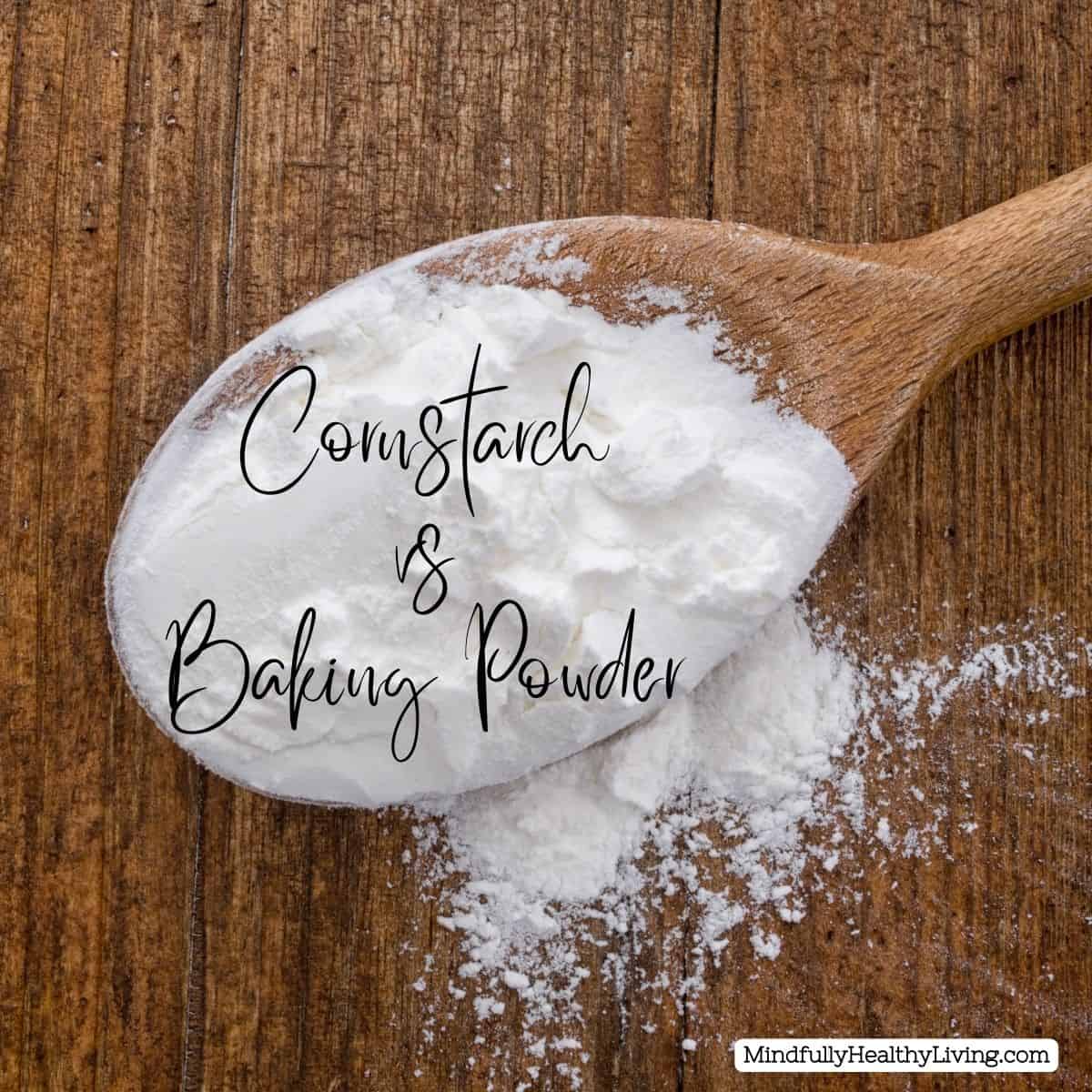
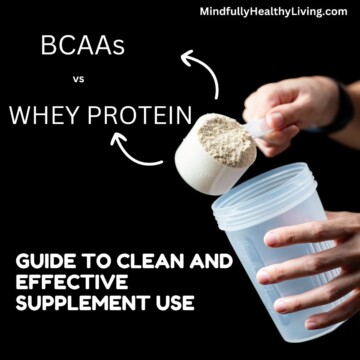
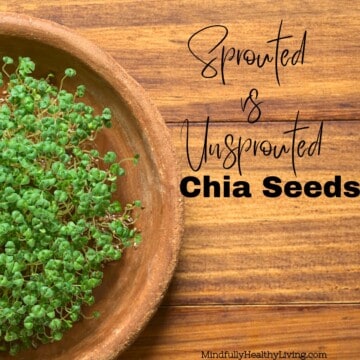

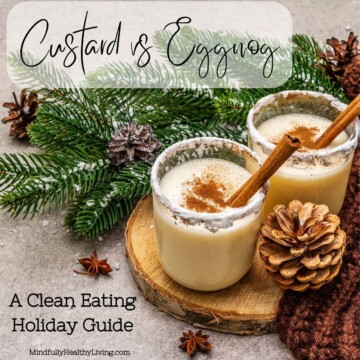
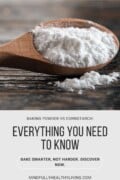
Comments
No Comments